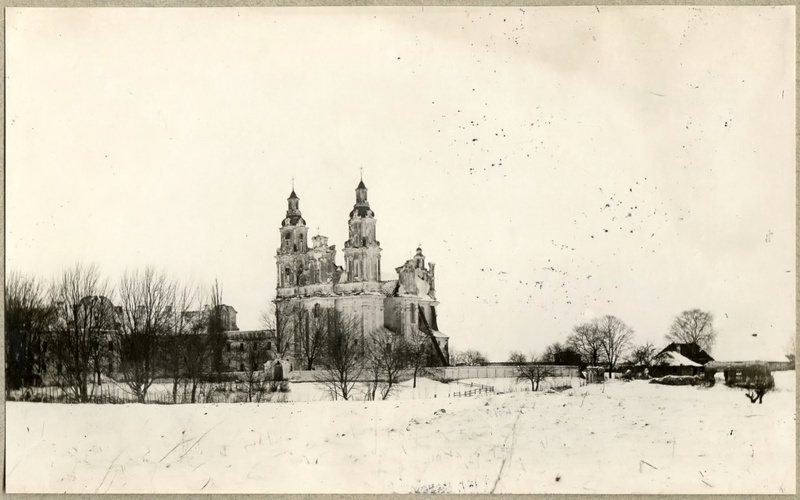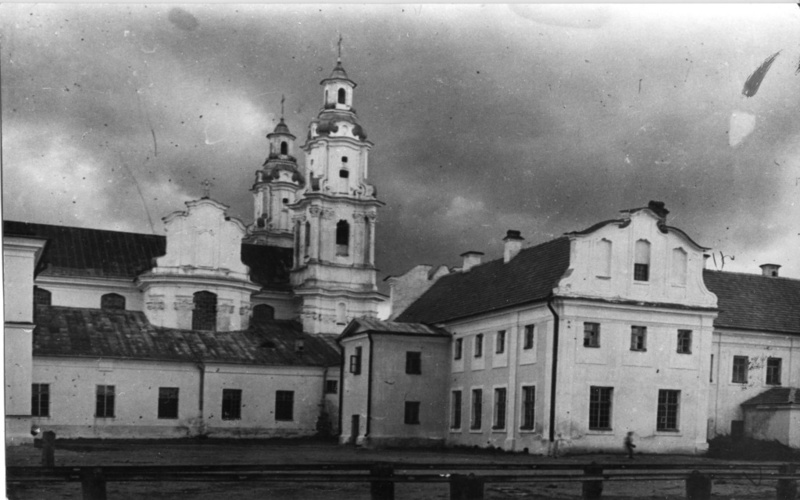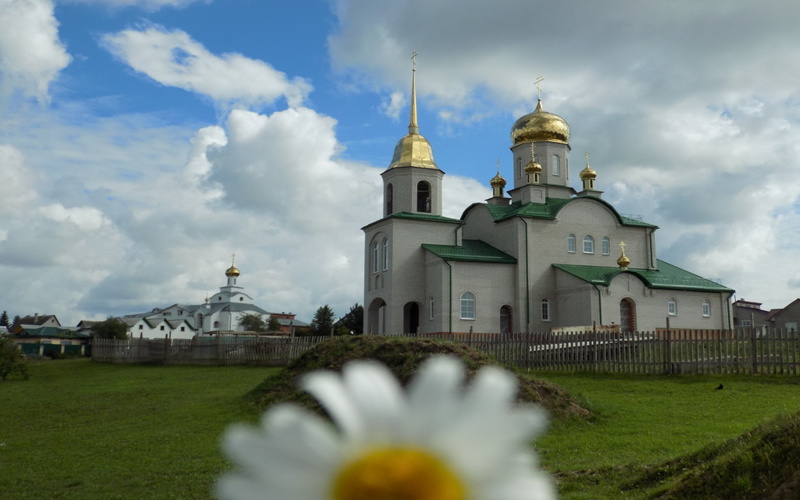- Vitebsk region, Glubokoe District, Hlybokaye, F. Skorina St., 77
About the Convent
The first mention in historical documents of Berezwecz dates back to the 14th century. Prince Andrei of Polotsk granted an official document to the noble Orthodox family Korsakov to own these lands. Documents from the 16th century also mention the Church of St. Michael in Berezwecz, in the possession of Dmitry Korsakov. In the 17th century, the owner of Berezwecz, Leo Korsakov, founded the monastery and, according to ancient documents, was buried in the monastery. For several years, there was a Religious School attached to the monastery, which prepared psalmists, and the rich library contained books in various languages.

In 1921, according to the Treaty of Riga between Soviet Russia and Poland, Hlybokaye became part of Poland. The authorities placed a military unit on the monastery grounds. The expelled nuns moved to Vilnius and ended their days at the Maryinsky Nunnery. During the German occupation, the monastery housed a prisoner of POW camp. After the war, in the Berezwecz Monastery became a high-security prison, which remains there to this day.

In 2004, at the initiative of Bishop of Polotsk and Hlybokaye Theodosius, by the decision of the Synod of the Belarusian Orthodox Church, it was established to revive the Berezwecz Convent in honor of Saint Michael the Archangel in Hlybokaye. In January 2007, the construction of the church in honor of Tikhon of Zadonsk was completed. The year 2011 marked the return of the miraculous icon of the Great Martyr and Healer Panteleimon, painted in 1912 on Mount Athos for the Berezwecz Monastery. In 2013, land was allocated to the monastery for the construction of Berezwecz monastery church – an adjacent abandoned wasteland for the construction of the church in honor of the Archangel Michael.

Berezwecz Convent in honor of Saint Michael the Archangel